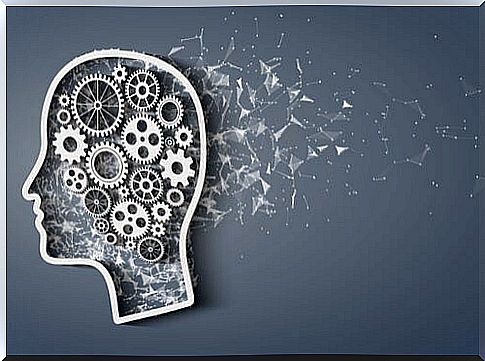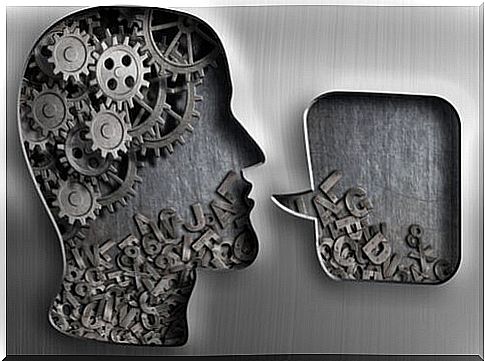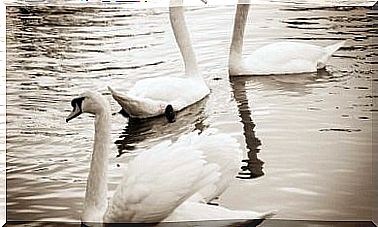Allan Paivio’s Dual Encoding Theory

The theory of dual coding is a cognitive theory developed by Allan Paivio in 1971 based on the idea that the formation of mental images helps in learning. This theory proposes that it is possible to boost learning and extend the study material through verbal associations and visual images.
Our cognition is a complex process that is capable of simultaneously dealing with the input of language and non-verbal objects and events. According to Allan Paivio’s dual encoding theory, our language system deals directly with linguistic input and output, while using symbolic images to accommodate behavior and event. Therefore, it is equipped with dual functionality.

The theory of dual encoding
According to Paivio , there are two ways in which a person can expand what they have learned: with verbal associations and with visual images. Dual coding theory states that information, both visual and verbal, is used to represent information. Visual and verbal information is processed differently and on different channels in the human mind, resulting in separate representations for the information processed on each channel.
The mental codes corresponding to these representations are used to organize incoming information that can be stored, retrieved and even modified for later use. Both visual and verbal codes can be used to remember information. Furthermore, encoding a stimulus in two different ways increases the likelihood of recalling a memorized item.
Within dual encoding theory, there are three different types of processing: representational, referential processing, and associative processing. In most cases, all three ways are required subconsciously when it comes to a particular task. That is, a given task may require any or all of the three types of processing.
Paivio also postulates that there are two different types of representative units: ‘images’ for mental images and ‘logos’ for verbal entities. Logos are organized in terms of associations and hierarchies, while images are organized in terms of part-whole relationships.
- We speak of representational processing when verbal or non-verbal representations are activated directly.
- We speak of referential processing when the activation of the verbal system is produced by the non-verbal system or vice versa
- We speak of associative processing when representations are activated within the same system -verbal or non-verbal-.

Comments on Dual Encoding Theory
There is some controversy as to the limitations of Allan Paivio’s dual encoding theory. For example, such a theory does not take into account the possibility that cognition is mediated by something other than words or pictures. In this regard, not enough research has been done to determine whether words and pictures are the only way we remember items. In fact, if another form of code were discovered, the theory would have an important one.
Another limitation of dual coding theory is that it is only valid for tests where people are asked to focus on identifying how concepts are related. If no associations can be formed between a word and an image, rational coding and remembering the word at a later time is much more difficult. This limits the effectiveness of the dual encoding theory.
Also, the dual encoding theory is not accepted by everyone. As an alternative to how knowledge is represented mentally, John Anderson and Gordon Bower proposed propositional theory. Propositional theory states that mental representations are stored as propositions rather than images. Here, the proposition is defined as the meaning that underlies the relationship between the concepts. This theory states that images are produced as a result of other cognitive processes because knowledge is not represented in the form of images, words or symbols.









